Jamil Zaki
Modeling emotion in complex stories: the Stanford Emotional Narratives Dataset
Nov 22, 2019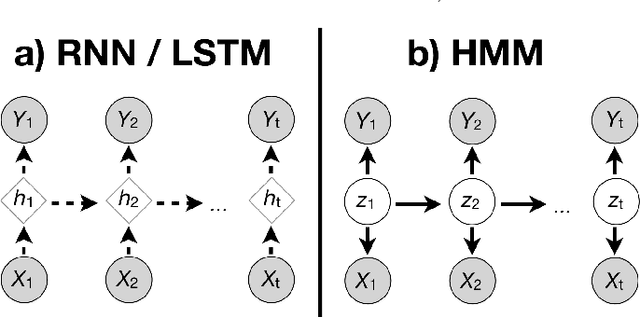
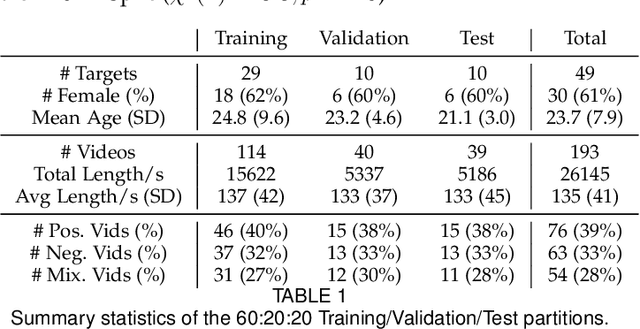
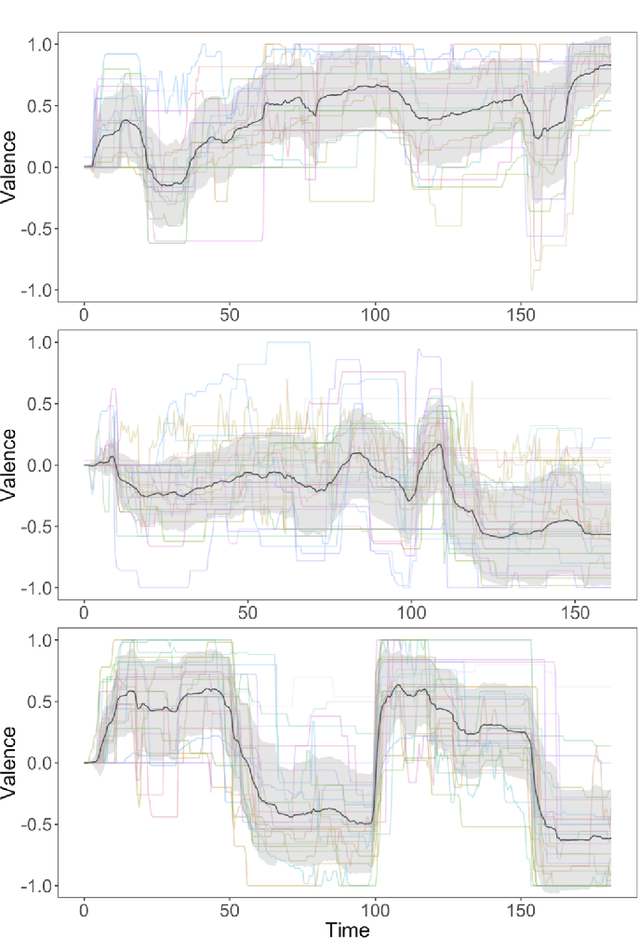
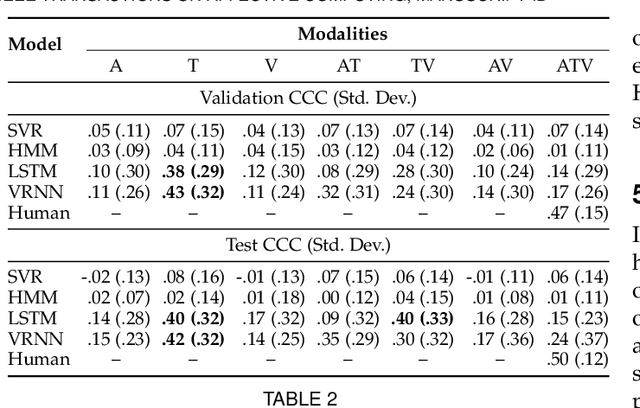
Abstract:Human emotions unfold over time, and more affective computing research has to prioritize capturing this crucial component of real-world affect. Modeling dynamic emotional stimuli requires solving the twin challenges of time-series modeling and of collecting high-quality time-series datasets. We begin by assessing the state-of-the-art in time-series emotion recognition, and we review contemporary time-series approaches in affective computing, including discriminative and generative models. We then introduce the first version of the Stanford Emotional Narratives Dataset (SENDv1): a set of rich, multimodal videos of self-paced, unscripted emotional narratives, annotated for emotional valence over time. The complex narratives and naturalistic expressions in this dataset provide a challenging test for contemporary time-series emotion recognition models. We demonstrate several baseline and state-of-the-art modeling approaches on the SEND, including a Long Short-Term Memory model and a multimodal Variational Recurrent Neural Network, which perform comparably to the human-benchmark. We end by discussing the implications for future research in time-series affective computing.
Attending to Emotional Narratives
Jul 08, 2019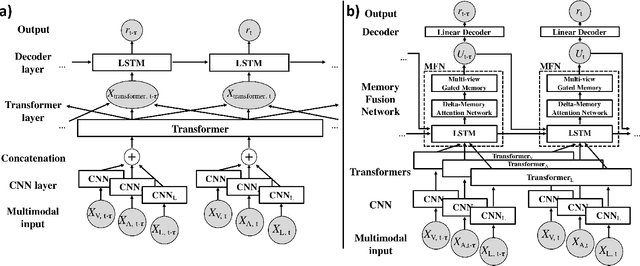
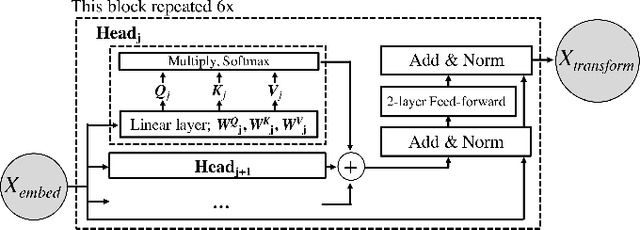
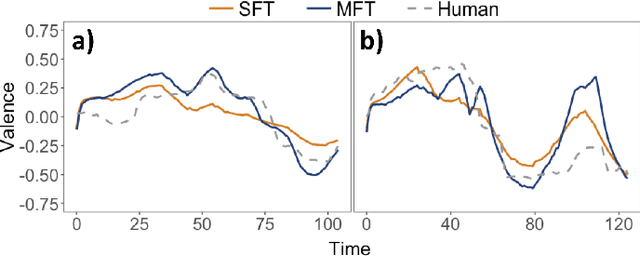

Abstract:Attention mechanisms in deep neural networks have achieved excellent performance on sequence-prediction tasks. Here, we show that these recently-proposed attention-based mechanisms---in particular, the Transformer with its parallelizable self-attention layers, and the Memory Fusion Network with attention across modalities and time---also generalize well to multimodal time-series emotion recognition. Using a recently-introduced dataset of emotional autobiographical narratives, we adapt and apply these two attention mechanisms to predict emotional valence over time. Our models perform extremely well, in some cases reaching a performance comparable with human raters. We end with a discussion of the implications of attention mechanisms to affective computing.
Applying Probabilistic Programming to Affective Computing
Mar 15, 2019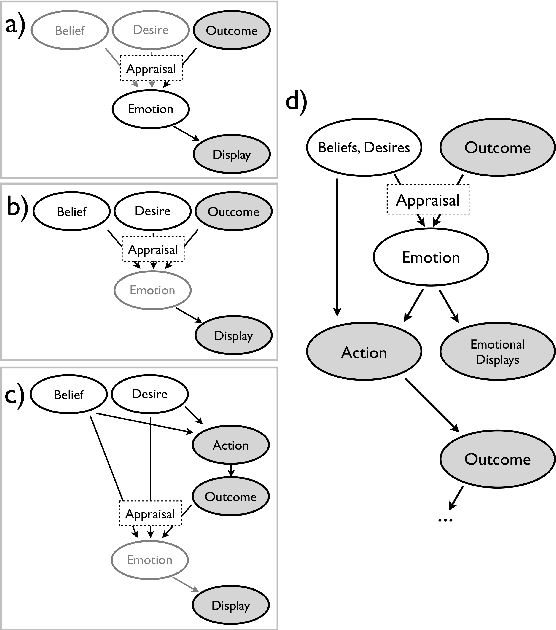
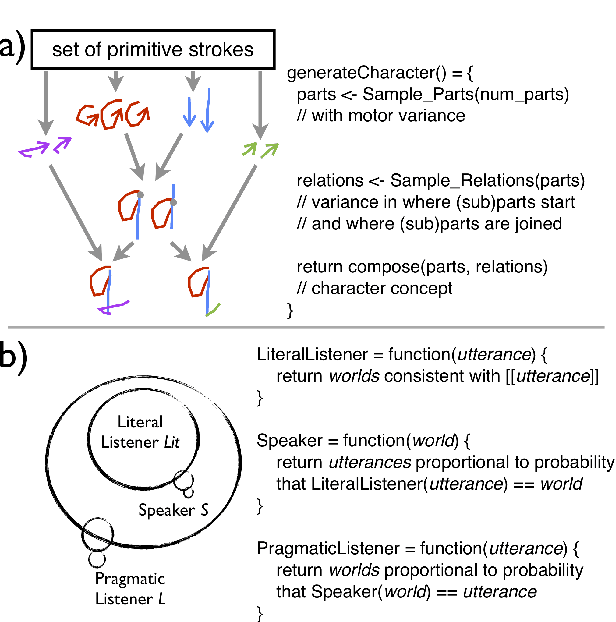


Abstract:Affective Computing is a rapidly growing field spurred by advancements in artificial intelligence, but often, held back by the inability to translate psychological theories of emotion into tractable computational models. To address this, we propose a probabilistic programming approach to affective computing, which models psychological-grounded theories as generative models of emotion, and implements them as stochastic, executable computer programs. We first review probabilistic approaches that integrate reasoning about emotions with reasoning about other latent mental states (e.g., beliefs, desires) in context. Recently-developed probabilistic programming languages offer several key desidarata over previous approaches, such as: (i) flexibility in representing emotions and emotional processes; (ii) modularity and compositionality; (iii) integration with deep learning libraries that facilitate efficient inference and learning from large, naturalistic data; and (iv) ease of adoption. Furthermore, using a probabilistic programming framework allows a standardized platform for theory-building and experimentation: Competing theories (e.g., of appraisal or other emotional processes) can be easily compared via modular substitution of code followed by model comparison. To jumpstart adoption, we illustrate our points with executable code that researchers can easily modify for their own models. We end with a discussion of applications and future directions of the probabilistic programming approach.
 Add to Chrome
Add to Chrome Add to Firefox
Add to Firefox Add to Edge
Add to Edge